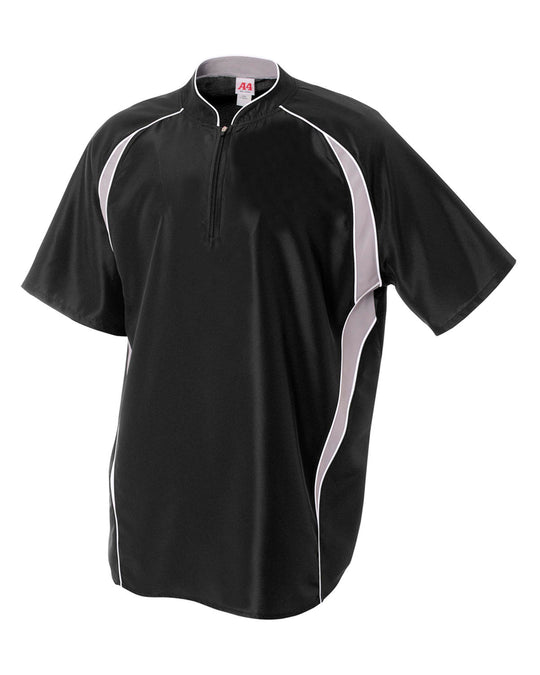Essential oils today are very popular, and the range of their application is simply huge. Therefore, new entrepreneurs are often interested in the question of whether it is possible to make capital in the manufacture and sale of this product. What equipment is required to produce essential oils? How complex can the fabrication procedure be? What pitfalls will you have to face?
Essential oils – why are they needed?
Aromatherapy is an ancient science that is becoming more and more popular today. As for essential oils, they are usually a mixture of 50-70 different low molecular weight compounds, including terpenes, aldehydes, ketones, alcohols, choline’s, cytokinin’s, aromatic amino acids, etc.
The benefits of essential oils have been known for a long time. Each of them has its own unique and valuable properties. For example, they can calm the nervous system, tone up, activate the immune system, stop the inflammatory process, etc.
That is why these substances are widely used in modern pharmacology and alternative medicine. In addition, they are added to various cosmetic products, such as shampoos, creams, lotions, etc. It can be concluded that the market for essential oils is quite large.
How are essential oils produced?
Today, there are several ways to obtain essential oils:
The simplest, cheapest, and most commonly used method is water distillation, in which the plant material is subjected to steam treatment. You need an essential oil distiller, depending on your requirement, you can increase the number of distillers or scale. It happens to involve a lot of steam treatment, that’s why the volatile fractions of the raw material are isolated. By the way, in this case, experts recommend paying special attention to the correct temperature regime, since each plant has its own optimal steam temperature.
The extraction method is used if the plant material cannot be processed with hot steam, as the oils are destroyed under the influence of high temperatures. In such cases, special plates made of glass or silk are treated with an absorbent (most often these are vegetable oils or pork fat), after which vegetable raw materials are placed in them. After some time, the absorbent substance is scraped off the plates and treated with alcohol, releasing the essential oil
The newest way is to obtain essential oils using carbon dioxide. Today, this technique is rarely used, since such an apparatus to produce essential oils is very expensive and not easy to find.
What equipment is needed to produce the product?
There are many different models of equipment to produce essential oils. Their quantity and cost directly depend on how much product you are going to produce. For example, you will need distillers in which the process of extracting oils takes place.
In addition, heat exchangers, receiving tanks where the separation of essential oils takes place, as well as cohobating columns can be added to the list of necessary equipment. As a rule, such equipment can produce up to 50 kg of essential oils per day.
What else do you need for business?
Equipment to produce essential oils and the ability to use it is not all that is needed for a successful business. In this case, one of the most important problems is the search for high-quality raw materials. Of course, there are a lot of companies supplying the necessary plants, but you have to look for them.
In addition, do not forget that some chemicals are needed during the production process, including cleaners, etc. This will also have to be taken care of. And, of course, the essential oil must be poured into dark glass jars, which will also need to be purchased. By the way, do not pour the product into containers whose volume exceeds 10 ml.
How profitable can such an enterprise become?
Of course, such a business can be profitable, especially if you loudly declare yourself in the market and develop a good reputation. By the way, first you should figure out what kind of oils you are going to produce.
The water distillation method is, of course, much simpler, but not all plants can be treated in this way. But extraction allows you to get even the rarest essential oils. But here, basically, manual work is needed, and, accordingly, a larger number of employees. On the other hand, oils obtained in this way cost from 50 to 100 dollars per 10 g, and sometimes much more.




